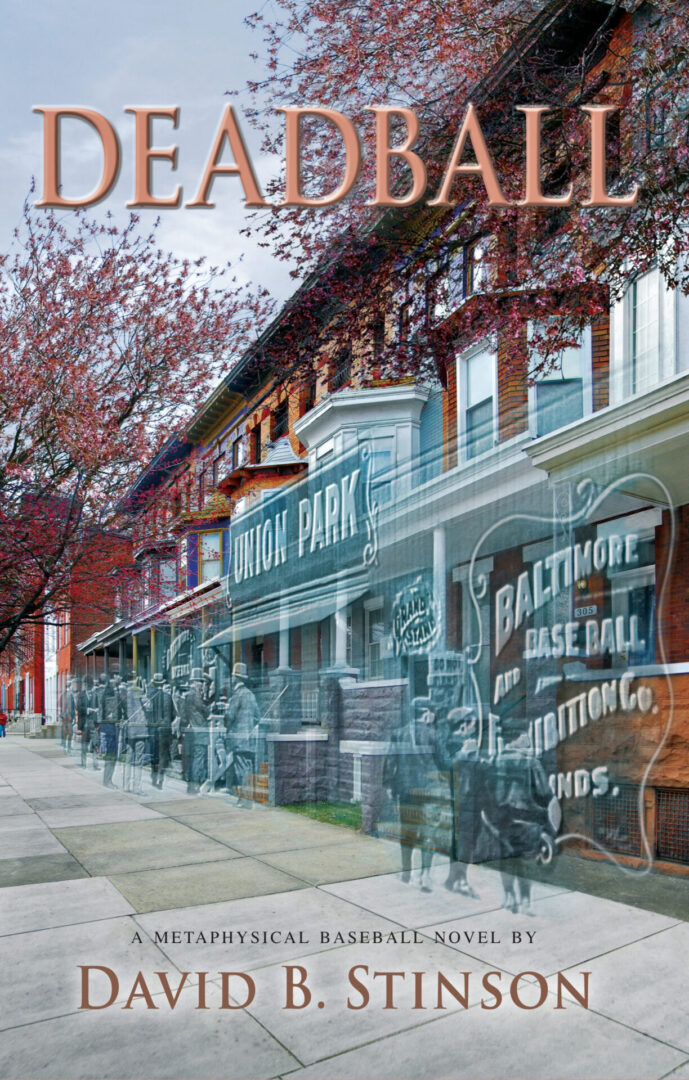From 1896 until 1999, professional baseball was played in Detroit at the corner of Michigan Avenue and Trumbull Street, or as locals called it, “the Corner.”
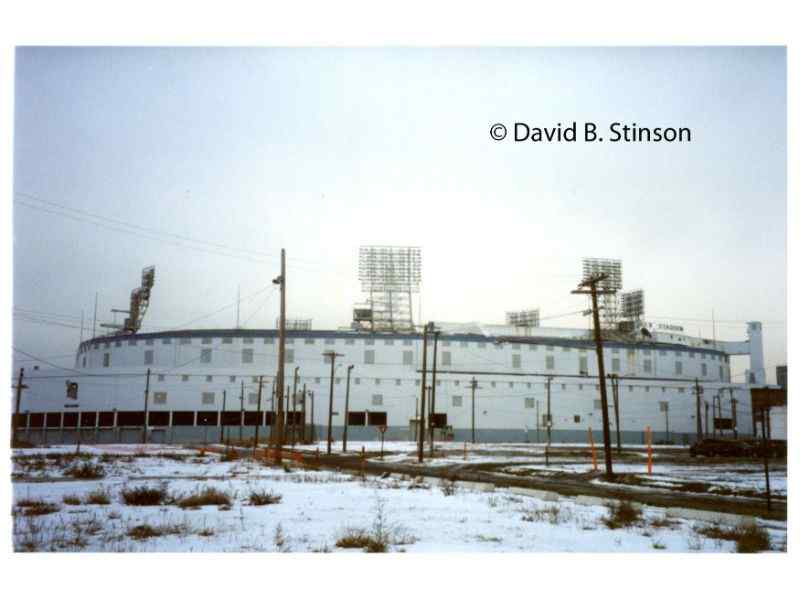
In the one hundred plus years of baseball at the Corner, there have been four different stadium incarnations. The first was Bennett Park, constructed of wood with room for 10,000 fans. The Western League Detroit Tigers (a minor league team) began play at Bennett Park when it opened in 1896.
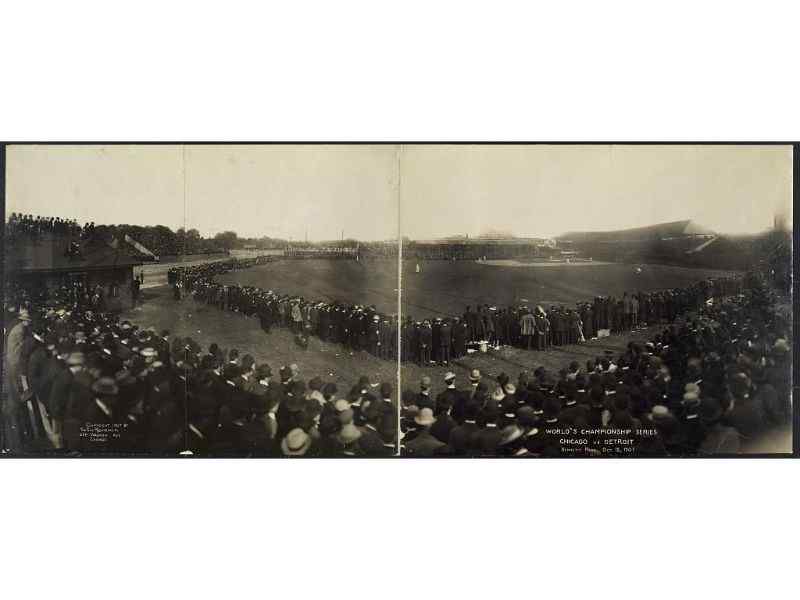
This early incarnation of Tiger Stadium was named after Charlie Bennett, a former Detroit catcher and fan favorite whose career was permanently derailed when he lost both legs in a train accident.
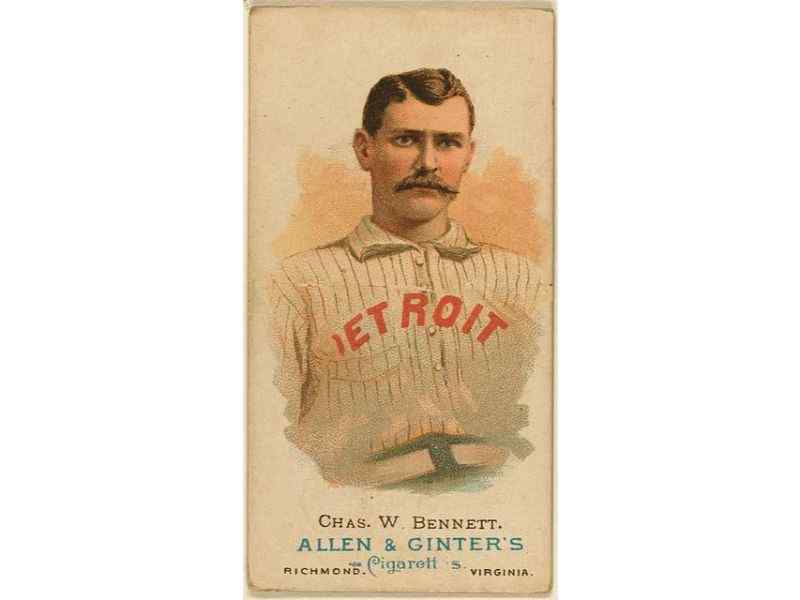
The Detroit Tigers, a charter member of the newly-established American League, began play at Bennett Field in 1901. The Tigers brought home to Detroit three consecutive American League pennants during their first decade, in 1907, 1908, and 1909, under the tutelage of former Baltimore Orioles star Hughie Jennings. In 1912, Bennett Park was replaced with a new concrete and steel structure that increased seating to 23,000. Renamed Navin Field in honor of Tigers owner Frank Navin, the location of home plate was moved from what previously had been right field (near the intersection of Cochrane and Fischer) to an area near the the intersection of Cochrane and Michigan.
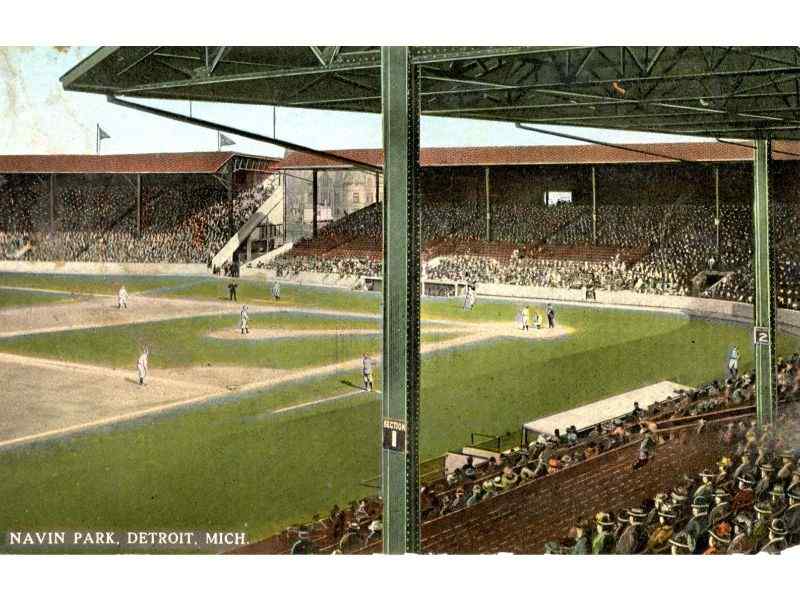
Over time the ballpark was expanded to seat more than 54,000 fans and, in 1938, was renamed Briggs Stadium after Tigers owner Walter Briggs.
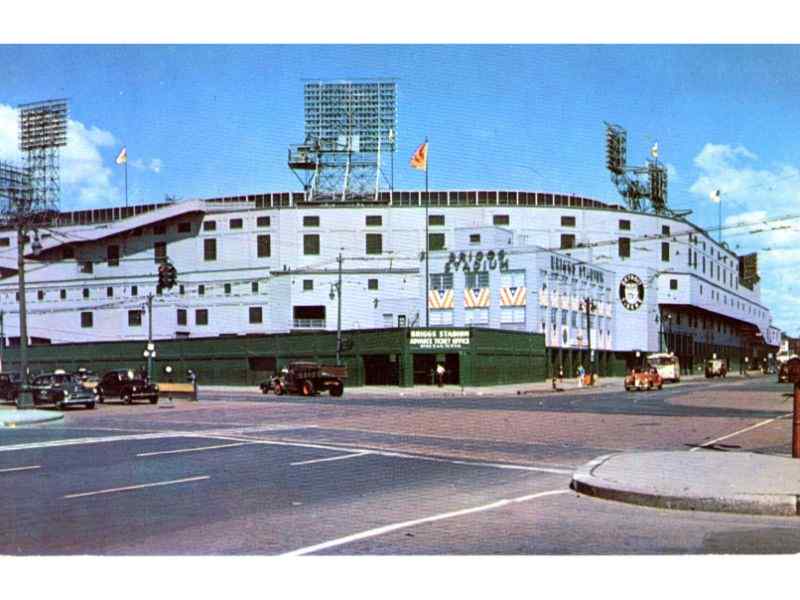
In 1961 the ballpark was renamed Tiger Stadium.
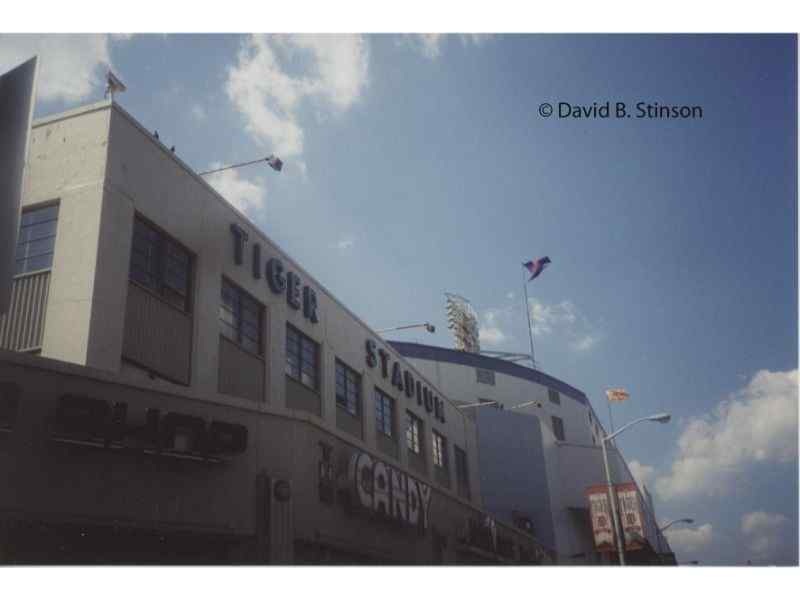
Near the main entrance to Tiger Stadium at the corner of Michigan and Trumbull were three historical markers.
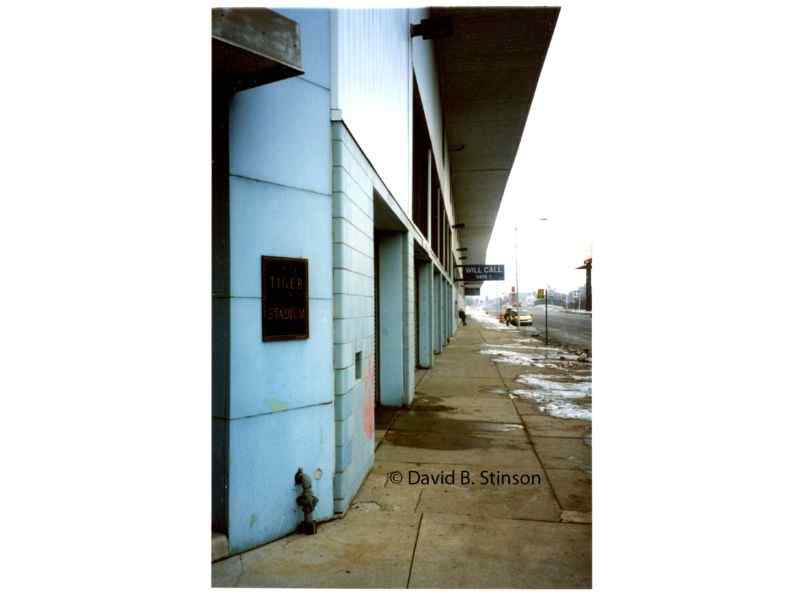
The first one stated simply “Tiger Stadium” and was located to the right of the entrance to the Tigers’ administrative offices at 2121 Trumbull Street.
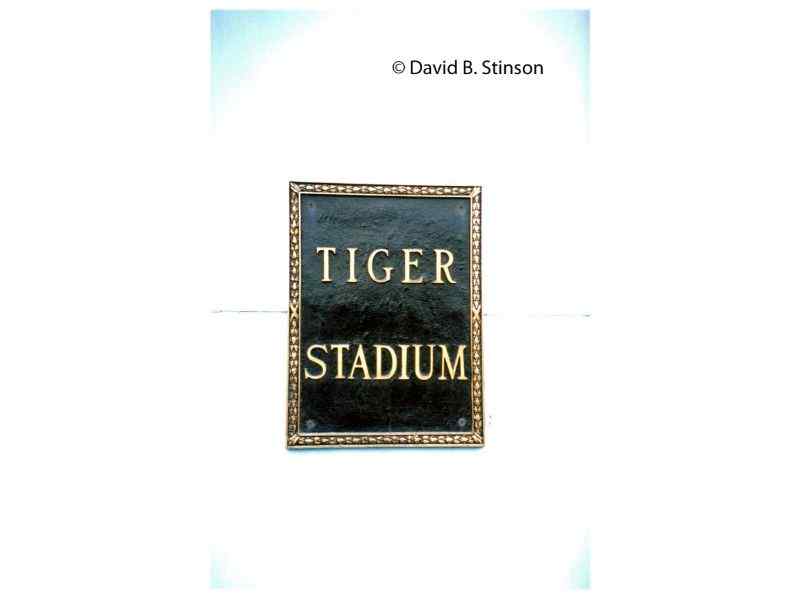
To the left of the entrance was a plaque honoring Ty Cobb. That plaque was moved to Comerica Park and can be found to the right of the entrance to the Tigers’ administrative offices at 260 East Montcalm Street.
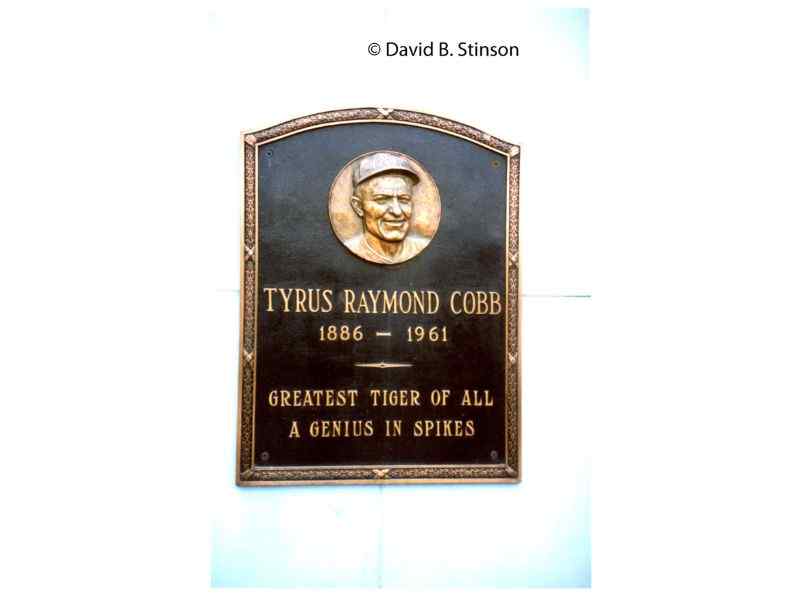
To the left of Ty Cobb’s plaque at Tiger Stadium was a Michigan historical marker honoring the ballpark. Dedicated during the 75th Anniversary Celebration of the Detroit Tigers, the cast-aluminum plaque was stolen from Tiger Stadium in 2006. Its whereabouts currently is unknown except by the thieves who stole it.

Tiger Stadium was bounded by Michigan Avenue to the south, Trumbull to the east, West Fischer Service Drive to the north, and Cochrane Street to the west. Home plate, located near the intersection of Michigan and Cochrane, faced southwest.
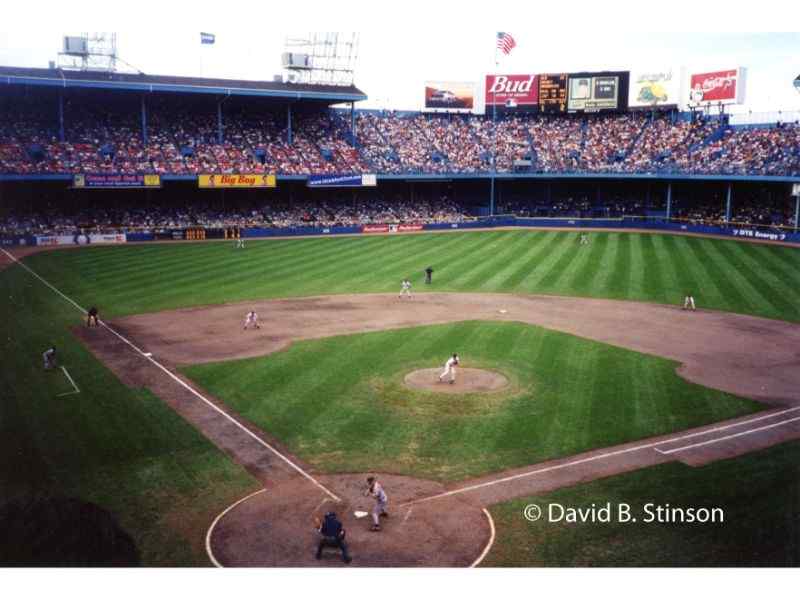
Tiger Stadium’s light stanchions were things of beauty all to themselves. Installed in 1948, their cantilever design was reminiscent of those still in use at Rickwood Field in Birmingham, Alabama.
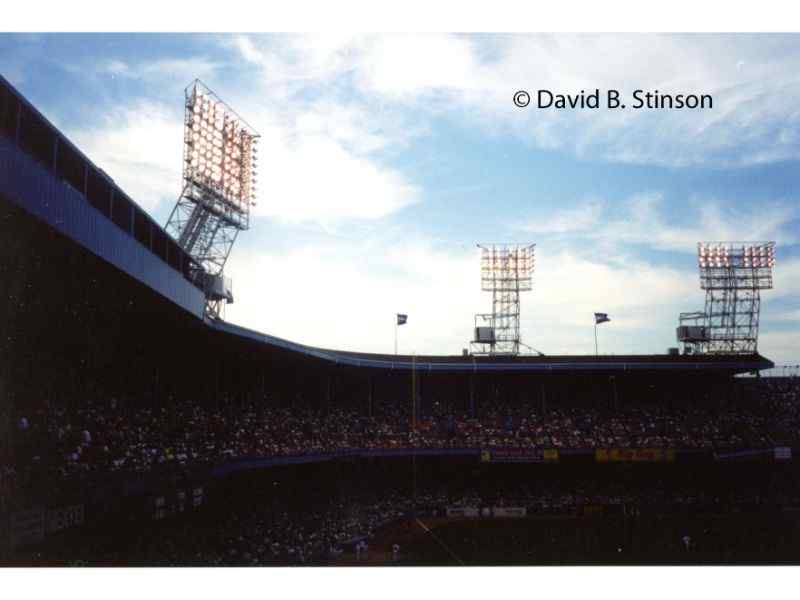
It was hard to take a bad picture of Tiger Stadium. No matter where you stood inside the seating bowl, every angle of the stadium offered a postcard-like view.
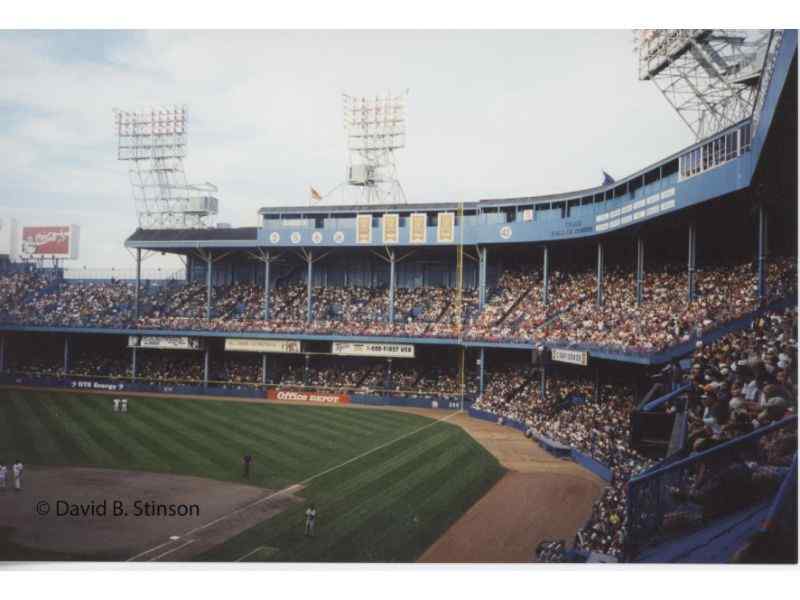
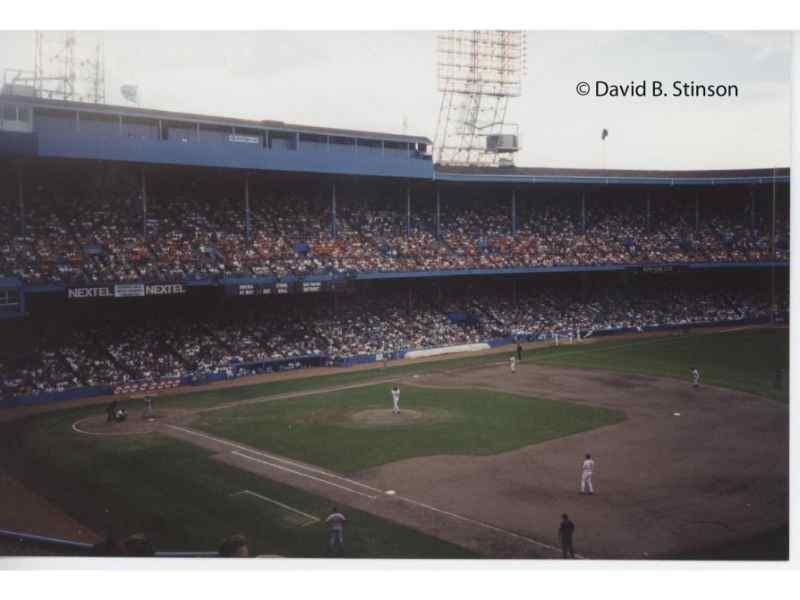
The home and away team bullpens were located in foul territory, with the home team’s along the third base foul line and the away team’s along the first base foul line. The lower seating bowl, from the right field corner around to the left field corner, offered fans seats close to the action on the field.
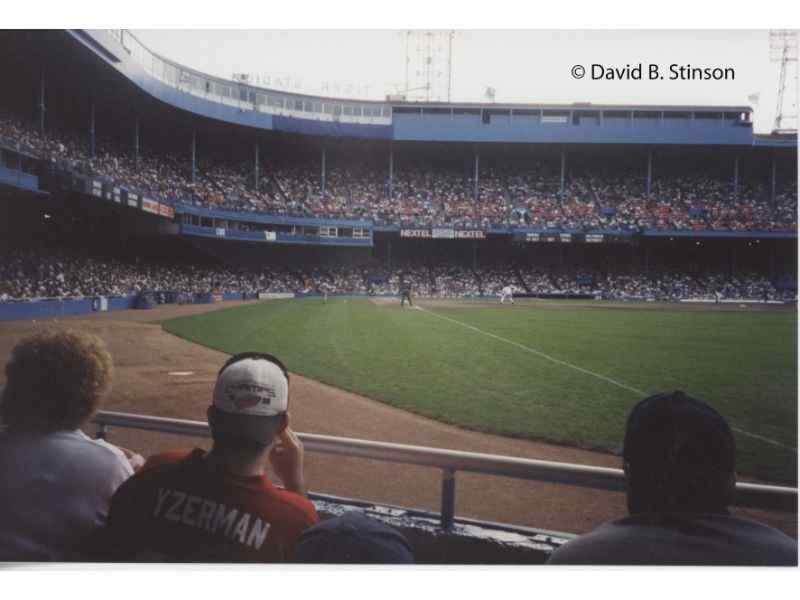
The center field porch was the only section of the ballpark without a covered grandstand.
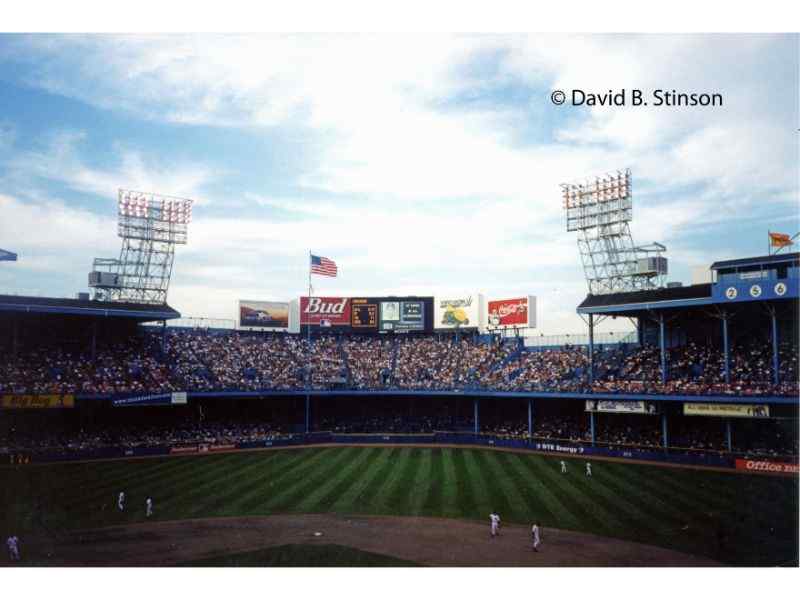
At the start of the 2000 season, the Tigers moved to Comerica Park, located less than two miles northeast of Tiger Stadium. Over the next several years, Detroit officials debated what to do with the city’s historic landmark. Former Tigers Broadcaster Ernie Harwell led a group of preservationists who fought valiantly to save at least a section of the old stadium. Unfortunately, without sufficient funds or a plan in place for reuse of the structure, Detroit Mayor Kwame Kilpatrick took the easy way out and ordered the stadium’s demolition.

The ballpark may be gone, but the field remains, as does the center field flag pole.
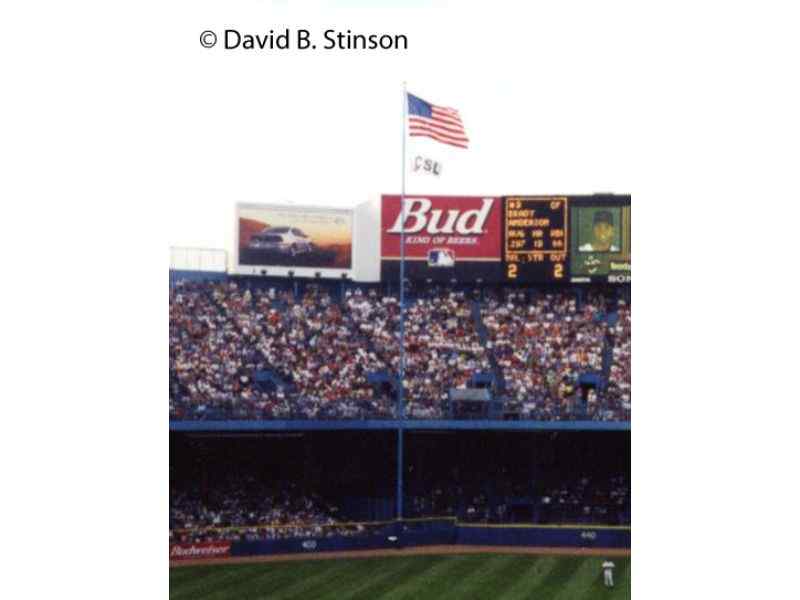
Likewise, a portion of the iron fence that enclosed Tiger Plaza and ran along Michigan Avenue remains on the site. The fence was installed about 1994 and is visible in the picture below, to the left of Michigan Avenue.
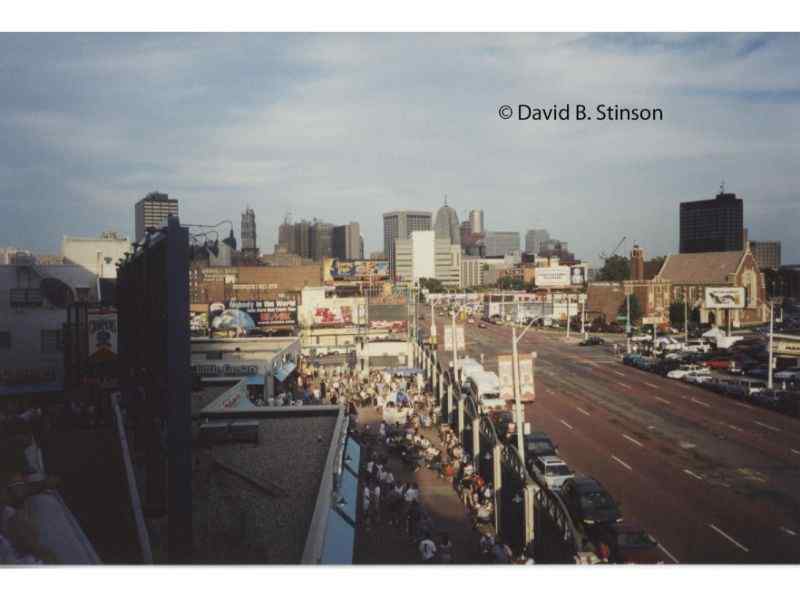
A group of ballpark enthusiasts known as Navins Field Grounds Crew is preserving the field. A movie about their efforts, Stealing Home, debuted in Detroit in the fall of 2013. Although the city has yet to decide the fate of the field, hopefully Detroit’s current administration recognizes the historical significance of the site and will allow what is left of the ballpark to remain as a public park.
